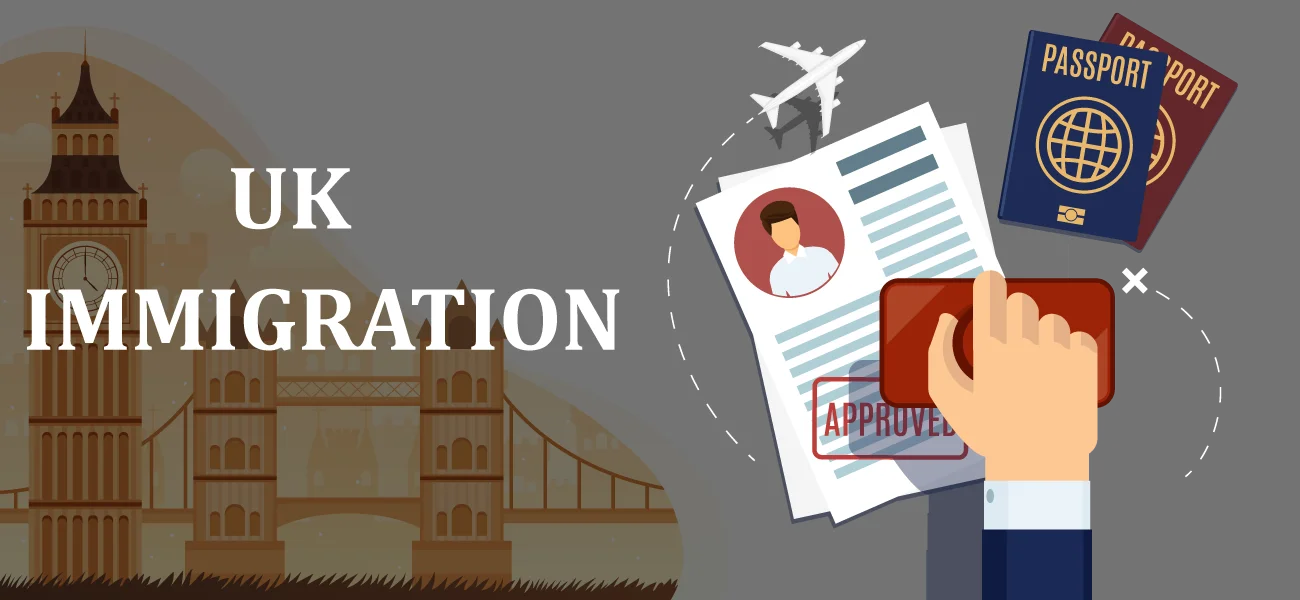Modern immigration to the United Kingdom

- Mushtaq Ahmed
- Permanent Residence
- February 09, 2024
immigration to the United Kingdom, controlled by British immigration law and to an extent by British nationality law, has been significant, in particular from the Republic of Ireland and from the former British Empire, especially India, Bangladesh, Pakistan, the Caribbean, South Africa, Nigeria, Ghana, Kenya, and Hong Kong.
Since the accession of the UK to the European Communities in the 1970s and the creation of the EU in the early 1990,immigrants relocated from member states of the European Union, exercising one of the European Union’s Four Freedoms. In 2021, since Brexit came into effect, previous EU citizenship’s right to newly move to and reside in the UK on a permanent basis does not apply anymore. A smaller number have come as asylum seekers (not included in the definition of immigration) seeking protection as refugees under the United Nations 1951 Refugee Convention.
According to an August 2018 publication of the House of Commons Library, several definitions for a migrant exist in United Kingdom.
- Someone whose country of birth is different to their country of residence.
- Someone whose nationality is different to their country of residence.
- Someone who changes their country of usual residence for a period of at least a year, so that the country of destination effectively becomes the country of usual residence.
On 4 December 2023 the Home Secretary, James Cleverly, announced future changes to visa rules in what he described as a “five-point plan” to reduce immigration. The Home Office published more information on 21 December, including some adjustments to what had initially been announced. None of the changes had been implemented at time of writing but a timetable was announced on 30 January 2024
Visa Types
- Working Visa
- Study Visa
- Family Visa
- Diplomatic Visa
- Immigrate Visa
- Tourist Visa
- Transit Visa

